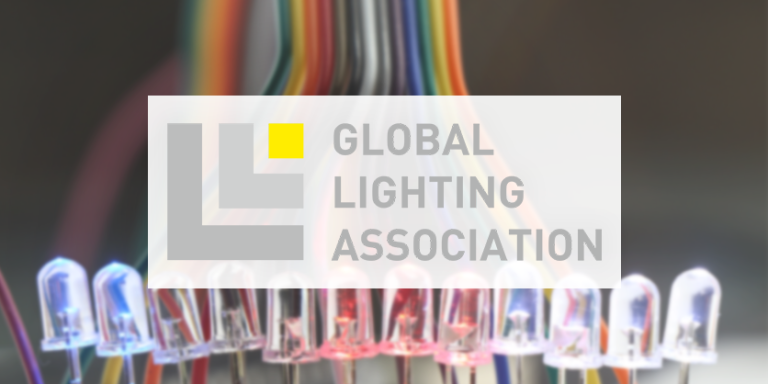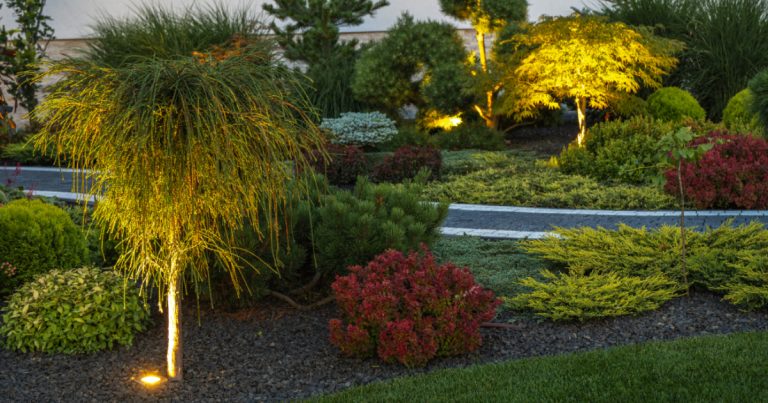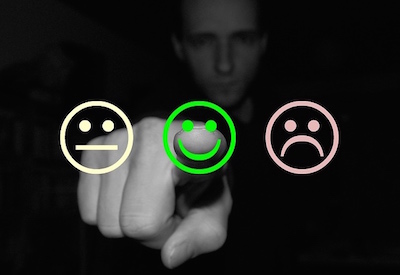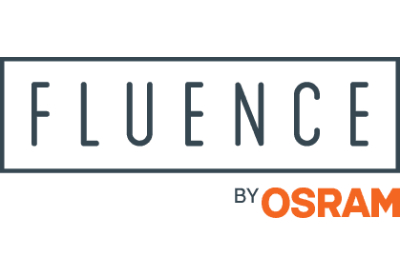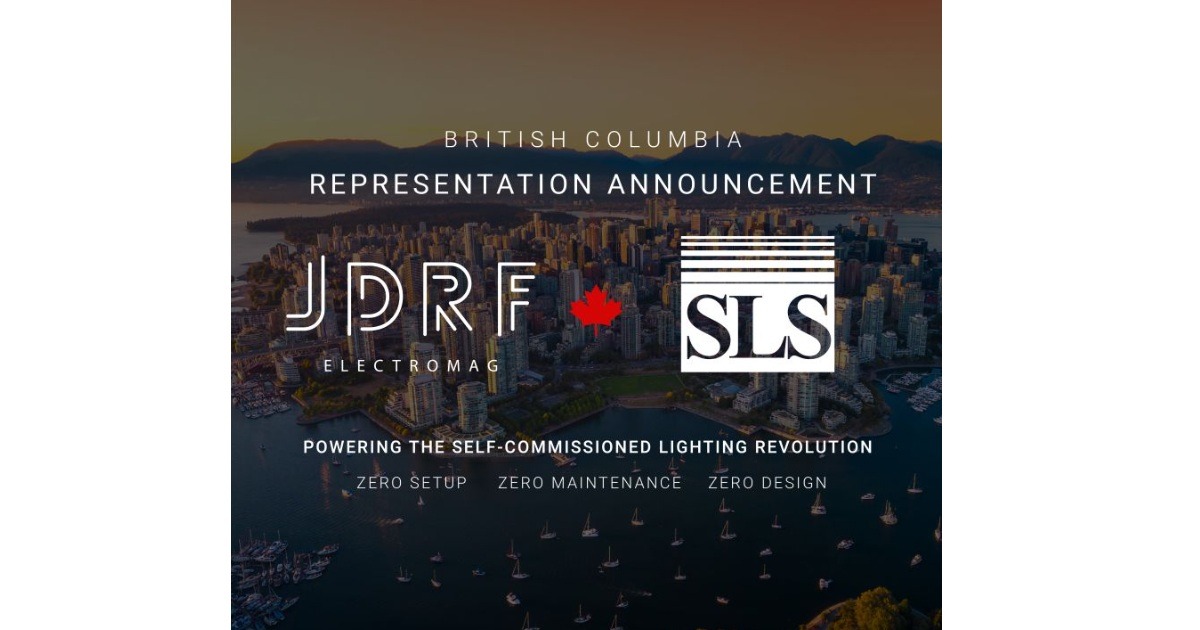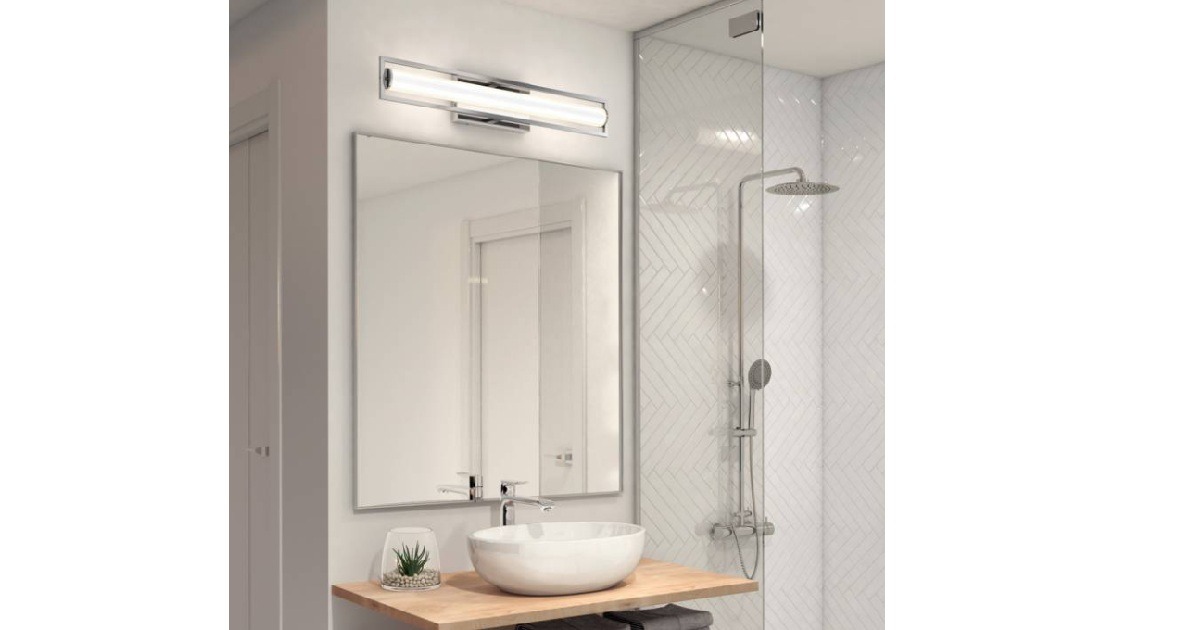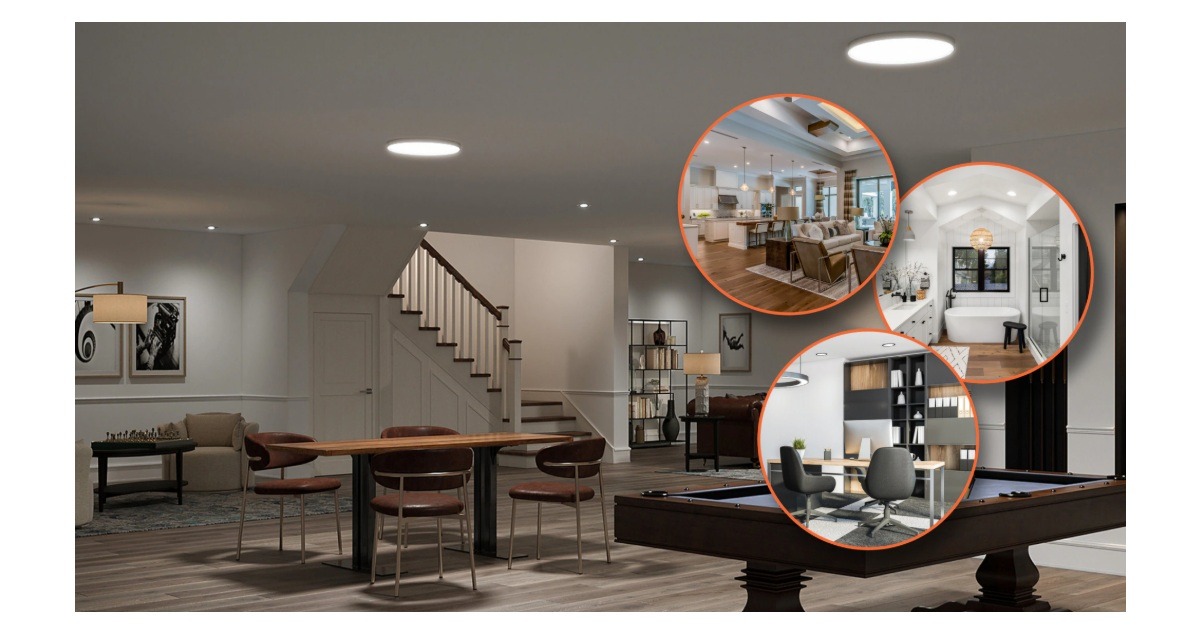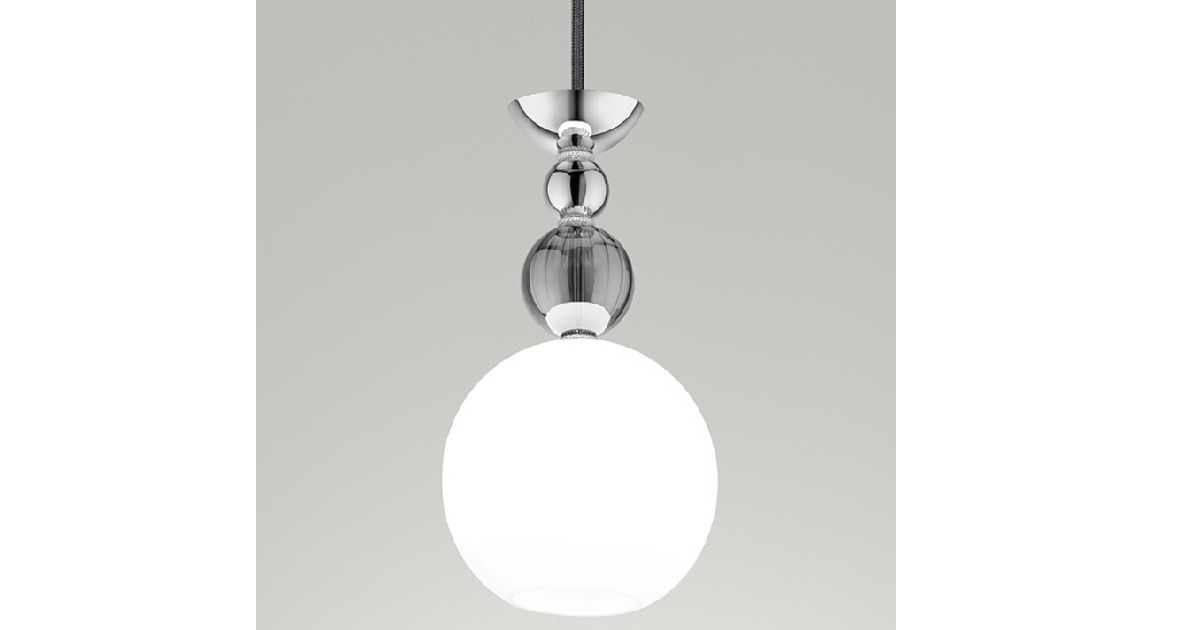NAILD Publishes Open Letter on the Findings of their Distributor Committee for Sustainable Lighting
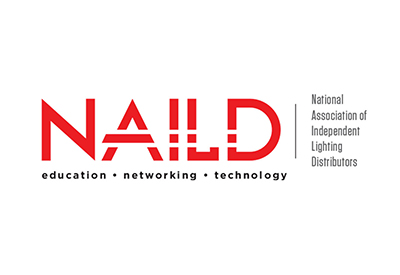
July 13, 2022
To the Manufacturers, Vendors, Accreditation Agencies, Regulators, Distributors and Contractors of the Lighting Industry:
The past years of development and deployment in efficient solid-state lighting have been aboon on energy use and carbon emissions. However, in the rush to create what seem to be better lamps and luminaires, the industry may have inadvertently created a new problem for the near future: single-use commodity fixtures, a literal mountain of unrecyclable e-waste waiting to happen. This situation risks eroding the trust and goodwill of our industry in the eyes of customers, the general public, and governments.
In addition, the use and definition of the term “Sustainable Lighting” has been evolving for decades. There was a time when sustainable lighting solely meant reducing energy
consumption. It was not that long ago that the Compact Fluorescent Lamp was a symbol of energy efficiency and sustainability within our industry. That idea has completely inverted and the CFL has now been relegated to become a symbol of the hazardous waste mercury era that we are trying to put behind us. Initially, with LEDs, sustainability was an energy efficiency play, combined with mercury elimination and the extended life of the light source.
But it is emerging that these priorities sidelined almost a century of commitment to standardization. Most of the LED fixtures we have deployed will have to be removed and
replaced at end of life. The life of the light source and its energy efficiency have been improved but the life cycle of the luminaires has been drastically reduced. The new definition of Sustainable Lighting demands that at a minimum, we increase the length of the life cycle of LED Luminaires to match that of legacy luminaires (25 – 40 years).
This trade of energy waste for physical garbage can be mitigated with a few savvy changes now. As such, the undersigned call on the industry to take these actions to create more sustainable illumination:
1. Re-commitment to legacy form factors, lamp shapes and sockets
Believe it or not, our committee is calling for increased emphasis on the reintroduction and the continued development of legacy lamp form factors, including lamp shapes and
sockets for general use light fixtures. Many, if not all, existing fixtures can benefit from LED replacements and retrofits without having to be removed from service. Replaceable lamps are convenient and simple for all parties and would limit material leaving walls and ceilings for dumps. In addition, the set form factors of traditional lamp shapes have focused and honed innovation to a point where we believe the most useful and enduring innovations are to be found in LEDs that are built in legacy form factors to fit existing light fixtures.
2. Standardize new components before they go to market
We understand the limits of legacy form factors and, as such, call on the industry to standardize the mechanical form factor size, DC voltage inputs, and wattage requirements
for drivers and LED arrays. This includes removing or limiting intellectual property rights and other barriers to allow a secondary market for the sale of replacement parts that are not OEM. This is standard in many industries and the concept of interoperability and cross-manufacturer compatibility was pioneered by this industry over a century ago. We have abandoned this and it needs to be re-established. Fixtures should be designed to be disassembled, upgraded, retrofitted and field serviced and repaired.
3. Commit to more sustainable materials
Our committee could not identify any end-of-life destination other than landfill for LED light fixture plastic, LED chips, or arrays. The committee noted that all legacy light fixture
materials, including mercury-containing light sources and PCB ballasts have end of life destinations where contaminants are captured and the materials recycled. Our committee is not aware of any facility that accepts end-of-life-LED light fixtures and promotes that they recycle the components or capture hazardous wastes. It appears to us that this
recycling infrastructure has yet to be developed. If it has been developed, our industry has done a poor job informing and enforcing the recycling of post-consumer LED lighting waste. Either way, and unfortunately, this means they will end up in our landfills. We suggest manufacturers rethink materials from this perspective and the industry massively promote facilities that process this waste responsibility.
4. Long-term product support
First and foremost, we advise the industry to discontinue the exaggeration of LED product lifetimes, false marketing that “LEDs last forever”, ridiculous 10-year warranties, and
absurd hour ratings. Second, if the industry commits to standardizing new components, allowing the organic creation of a secondary parts market, product support will be largely unnecessary. However, if we continue on a path of consistently and constantly custom-made drivers, arrays and other components our manufacturers should be compelled or at least encouraged to create a long-term commitment to product support. Sell replacement parts, continue to stock older product lines, and don’t force upgrades on users based on an obsolescence timetable. We are not the consumer electronics industry. Our products are often critical infrastructure and must be field serviceable and
maintainable.
5. Useful, transparent labeling
An informed consumer is an environmentally conscious consumer. Please make these changes into how lamps and luminaires are labeled:
● Revisit light source-life claims testing, lab conditions are not field conditions; limit hyperbole
● Label whether or not products are user serviceable
● Indicate if replacement parts are available
● Describe the actual terms of the warranty
● Disclose how to properly dispose of the device at end-of-life
As it stands now, the LED revolution is measured in terawatt-hours saved and tons of e-waste generated for the landfills and burn pits of the world. Sustainability is still an option for this industry and the entire supply chain from manufacturer to end-consumer has their part to play.
You can find the original letter HERE


